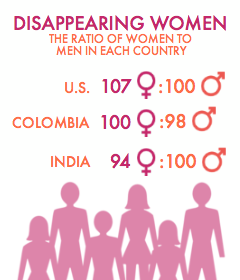
May 30, 2013 | Health and Well-Being, Law and Justice
Back to Work or Back to Baby?
The crusade to get paid maternity leave in the U.S.
What do Pakistan, Norway and Mexico have that the U.S. doesn’t? Guaranteed paid maternity leave for women in the workforce.
Now the National Partnership for Women and Families is mounting a crusade to correct this lack, saying paid leave will benefit not just moms-to-be but society in general.
Twenty years ago, Congress passed the Family and Medical Leave Act (FMLA) which entitles employees to unpaid, job-protected leave for family and medical reasons. However, to receive those benefits, employees must work for companies with 50 or more employees and meet several other criteria. This means that as many as 81 percent of soon-to-be-mothers do not qualify for the FMLA.
The National Partnership for Women and Families (NPWF), a nonprofit that promotes fairness in the workplace, points to the upside of expanding the act to include paid leave. Women who take paid maternity leave are more likely to have greater job security and increased economic stability, while babies can receive necessary medical attention. Fathers are also more likely to take parental leave when it is paid and are therefore be more involved in caring for the baby. For businesses, paid maternity leave can mean they save costs on recruitment and retaining fees, according to some studies.
On the other hand, critics of paid maternity leave say that "mandated paid family leave makes it more expensive to hire workers, particularly women. That makes employers less willing to hire women."
Calling on Congress to create a "family-friendly America," NPWF has created a new set of graphics to make its case. To see them, click here.